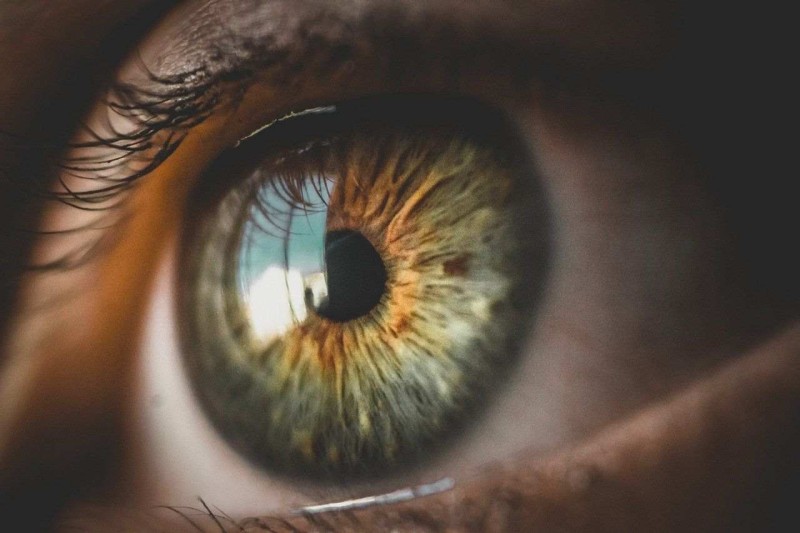Optic nerve
It generally carries light signals from the retina to your brain, which then turns them into images.
Peripheral vision
This is what you see out of the side of your eye, not from the direct line of vision.
Presbyopia
When your eye can not change the focus to see objects close up. It is not properly a disease, but it is a part of the natural aging process of the eye. It generally affects everyone at some stage around the age of 40 to 45.
Pupil
It is around the dark central opening in the eye. This is the point from where the light comes in.
Refraction
This is referred to as the way your eye bends light so that the image focuses directly onto the retina. It is also the procedure by which the doctor determines the optical prescription for glasses or contact lenses.
Retina
This is the thin layer of nerves that generally lines the back of your eye. It also senses light and also signals the optic nerve and brain to create images.
Sclera
This is the outer coat of the eyeball that usually forms the whites of the eyes.
Strabismus
This generally happens when the eyes are not aligned and cannot point in the same direction at a similar time. Crossed eyes are also one type of strabismus.
Tunnel vision
It is the point when the peripheral vision is gone. Conditions like retinitis pigmentosa and untreated glaucoma can also cause tunnel vision.
Visual acuity
It refers to how well you measure on an eye chart.
Visual field
This is the entire range of sight which includes peripheral vision.
Amblyopia
This is termed a lazy eye. In this condition, the decreased vision in one eye leads to the dominant use of the other eye. This problem usually begins in childhood when the external eye muscle imbalances generally go uncorrected.
Anti-Reflective (A/R coating)
This is a type of lens treatment for the glasses that helps in reducing the distracting glare and eye fatigue by decreasing the amount of light reflecting through the lens surface and making the lenses clearer. Generally, the eyes will also be more visible from behind the lenses
Astigmatism
This is an eye condition when the eye cannot focus light uniformly in all the directions which results from an irregular curvature of the cornea, the crystalline lens, or maybe the eye itself. People take Prosoma 500mg to reduce the pain and the discomfort.
Bi-Focal Lenses
These are the lenses that use two different distinct powers in every lens usually for near and also distance correction.
Color deficiency
This is the lack of ability which is to distinguish certain colors, this is called “color blindness”, generally the most common form of color deficiency is usually the inability to distinguish between the different shades of red and green.
Computer Vision Syndrome
The Symptoms of computer vision syndrome generally include eye strain, headaches, blurred vision, dry eyes, and neck and shoulder pain.
Cornea
It is a type of transparent, multi-layered front part of the eye that covers the pupil and iris.
Rank your blog on top by having Health Accepting Guest Posts blog permanent live at A Class Blogs Website.

